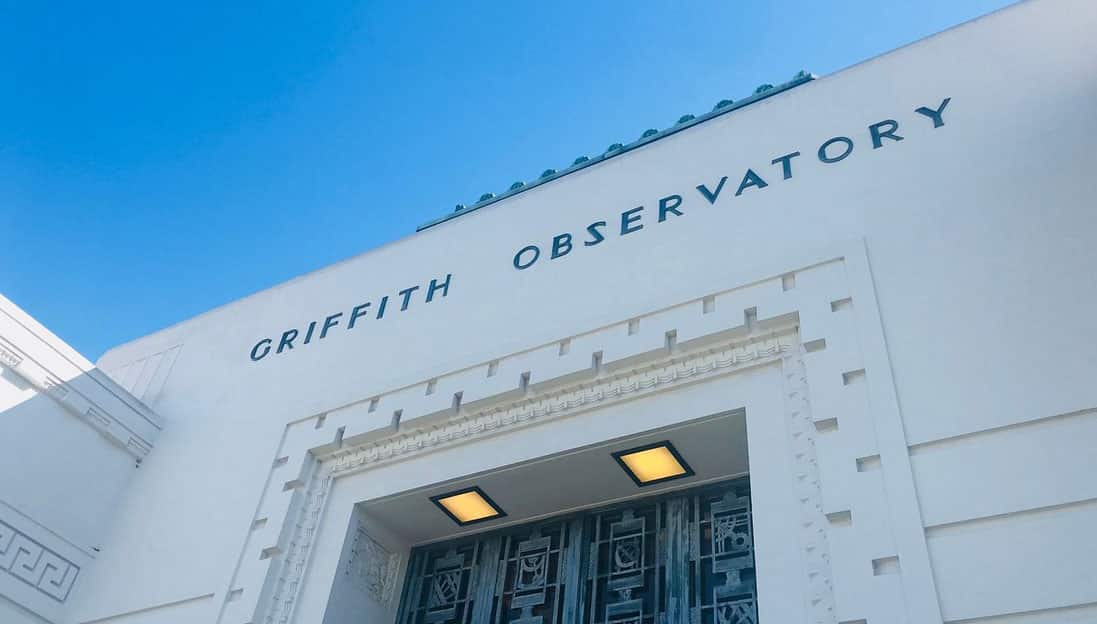5 Of The Best Planetariums In The World

No toddler ever looked up at the sky and failed to question its parents about the remarkable shining objects, we know as stars. Since the time ancient Greek intellectuals looked up at the sky, recognized the patters and slow movements when most saw random white dots on a black canvas, to the recent times, when we got to witness the first ever image of a black hole, a concept so ahead of its time, stargazing and astronomy has always been a matter of interest to humans.
As the years went by and we understood more about the night sky, the means to observe and study such celestial objects changed drastically. To teach and get people familiar with constellations, stars, planets, galaxies, nebulae, clusters, and so many more celestial objects, in an extravagant and theatrical manner, the concept of public access planetariums was introduced. The dome-shaped structures with a large area to sit and observe as the complex motions and structures are projected all around the observers, with spellbinding music that provide such a stimulating experience, not one person dare avert their eyes. With abundance of such theatres opened across the world, following are the top 5 planetariums in the world, which should definitely be explored!
- Adler Planetarium, Chicago, Illinois, United States: Located on the Northerly Island, at the shore of Lake Michigan, this planetarium is known to be the first in the United States. This museum cum planetarium has been a National Historical Landmark since 1987 due to its marvelous architectural structure and major historical significance. It boasts of three huge theaters, with a unique collection of antique scientific instruments. It also has various interactive exhibits, which is educative and inspiring to all who visit. The planetarium has its own astronomy department as well with regular summer camps being held, inspiring the new generation to achieve new heights in subjects related to astronomy and astrophysics.

- L’Hemisfèric at the City of Arts and Sciences, Valencia, Spain: Known as the “eye of knowledge”, it is regarded as the first building in the City of Arts and Sciences to open its doors to the public. It is known to have the largest room in Spain which has three projection systems.

Its structure resembles a giant human eye, with the planetarium being half-sphere and the shutter that folds upward to reveal the dome (the iris) that is the theater. This architectural marvel is a representation of how one sees and observes this world, analogous to how one discovers and understands the universe inside the theatre.

- Samuel Oschin Planetarium at Griffith Observatory, Los Angeles, United States: Also called The Griffith Observatory, it sits on the south facing slope of Mount Hollywood. Griffith J. Griffith, a Welsh industrialist, aimed to make astronomy publicly accessible, and hence donated funds in his will to build the planetarium and exhibit hall. The observatory houses a large Tesla coil, called “GP-01”, which is a major attraction here. Another reason this planetarium can very well turn into your favorite picnic spot is that the admission here is free of cost, with the cost of planetarium shows being affordable, and the breathtaking view of the infamous Hollywoodsign, Downtown Los Angeles, and the vast Pacific Ocean around the observatory.

- Nagoya City Science Museum, Nagoya, Japan: It is recognized by its massive silver globe structure, housing the world’s largest planetarium, which makes this particular museum appealing both outside and inside. The planetarium with its huge spherical screen will provide you with such an enchanting experience that it will transport you to the world of celestial bodies, even though most of the shows are in Japanese. The museum itself has five floors of permanent exhibits to provide a hands-on experience of scientific experimentation.
- Planetario Galileo Galilei, Buenos Aires, Argentina: Named after the “father of observational astronomy”, this planetarium consists of a semispherical dome, covered with reflective aluminum. In addition to the theatre, with over 100 projectors, this museum consists of a piece of lunar rock brought to Earth during the Apollo XI mission of the first moon landing. Even a metallic meteorite is on display at the entrance, giving visitors an exciting premise to an unforgettable world of fossils and exhibits.
Planetariums and museums help provide a platform to all who wish an out of the world experience. The doors of such institutions will always remain open for the curious and shall continue providing the young inspiration and knowledge to strive further in these areas of science, for the late astronomer Stephen Hawking himself said, “Look up at the stars and not down at your feet. Try to make sense of what you see, and wonder about what makes the universe exist. Be curious”.
Have you read?
# Best Hotel Credit Cards Of 2019.
# Best Business Travel Agencies In The United States.
# Top 100 Best Executive Search Firms And Consultants That Dominate The Recruiting Business.
# The World’s Top 20 Most Charitable Billionaires.
# Richest Families In The World, 2018.
Bring the best of the CEOWORLD magazine's global journalism to audiences in the United States and around the world. - Add CEOWORLD magazine to your Google News feed.
Follow CEOWORLD magazine headlines on: Google News, LinkedIn, Twitter, and Facebook.
Copyright 2025 The CEOWORLD magazine. All rights reserved. This material (and any extract from it) must not be copied, redistributed or placed on any website, without CEOWORLD magazine' prior written consent. For media queries, please contact: info@ceoworld.biz








